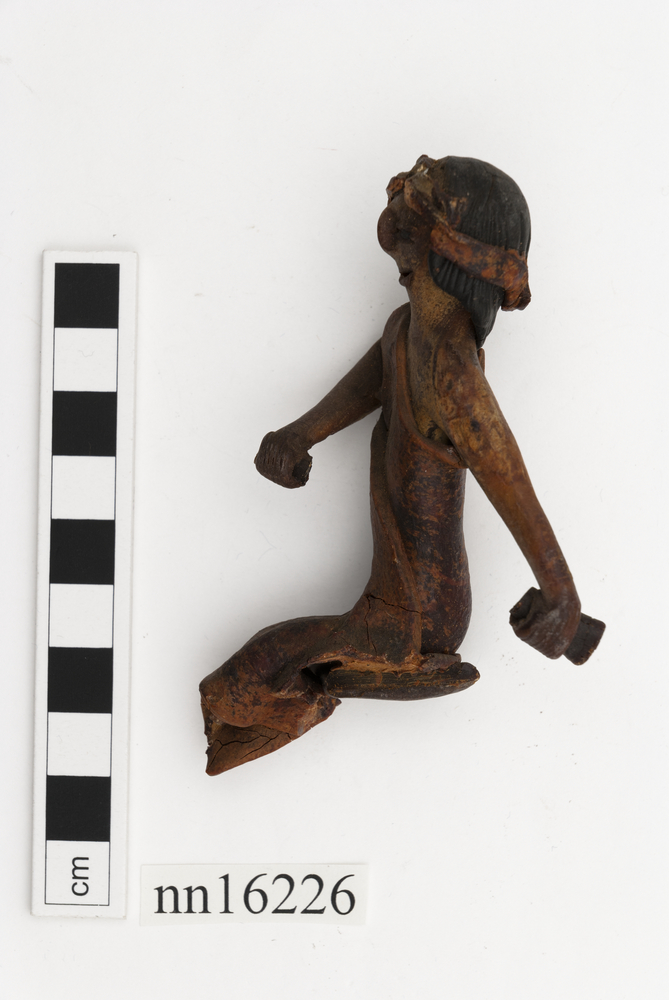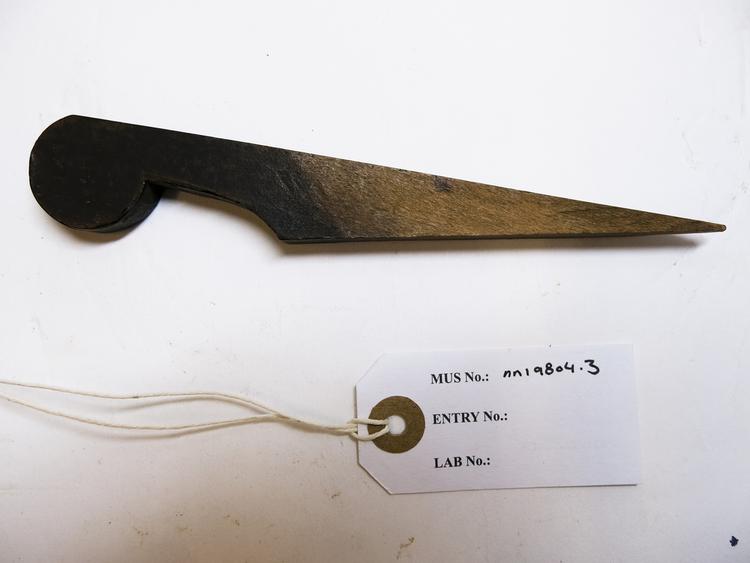Flat weave rug, local name cicim, 19th century,wrapped warps, floating wefts on reverse. Four panels sewn together. In orange, red, white, blue on brown (brown is characteristic of Eastern Anatolian textiles) with long fringes at each end. The face has tufts (amuletic) of wool and fabric in yellow, purple, black and red. The design is of vertical panels separated or bordered by brown and blue bands with a white motif or ‘step’ along their length; the steps face both ways in varying numbers, for example 6, 12, 13 and are spaced at these intervals with a ‘pedestal’ motif. These are found as parts of the main motifs and are perhaps parts of the protective Quincunx. Repeat motifs in the three outer bands include lattice panels joined by a long rod with brackets , perhaps the ‘camel’s neck’ motif, and a squared base or seat, some of these contain crosses. The two outer panels are in orange and brown, the next two inner ones are in blue and white, the next two in blue on red and the two central ones in orange on red.
rug
Collection Information
These objects are only a part of our collections, of which there are more than 350,000 objects. This information comes from our collections database. Some of this is incomplete and there may be errors. This part of the website is also still under construction, so there may be some fields repeated or incorrectly formatted information.
The database retains language taken from historical documents to help research. Please note that some records may feature language and reflect systems of thinking that are outdated and offensive. The database also includes information on objects that are considered secret or sacred by some communities.
If you have any further information about objects in our collections, can suggest corrections to our information or if you see content requiring immediate action, please contact us: enquiry@horniman.ac.uk






